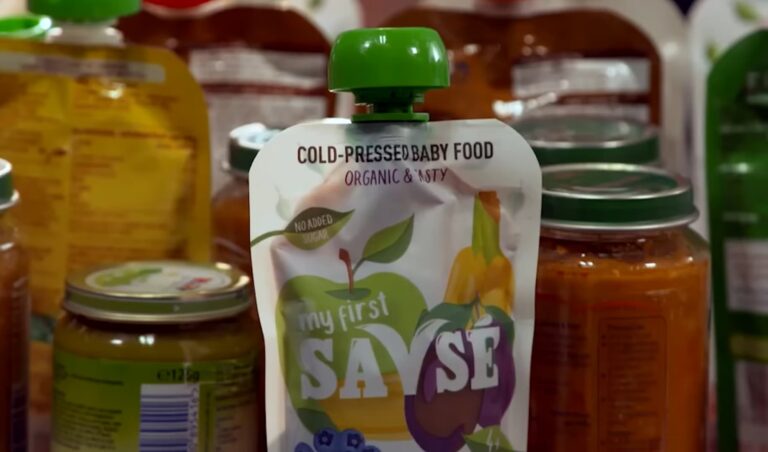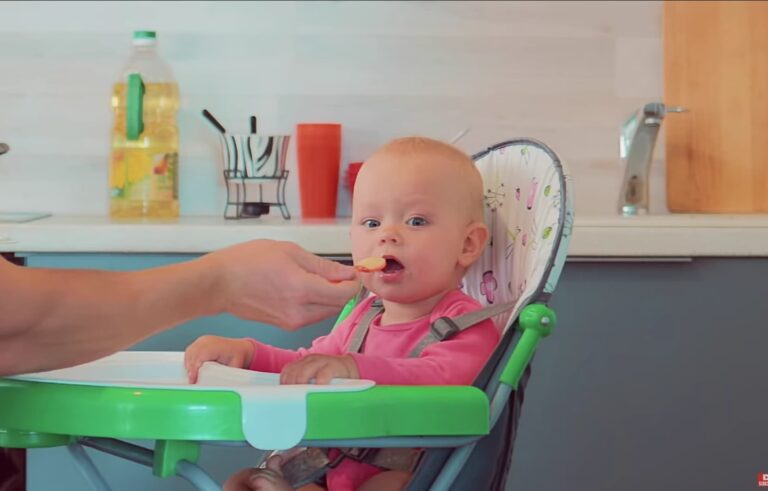How to Introduce Peanut Butter to 6 Month Old?
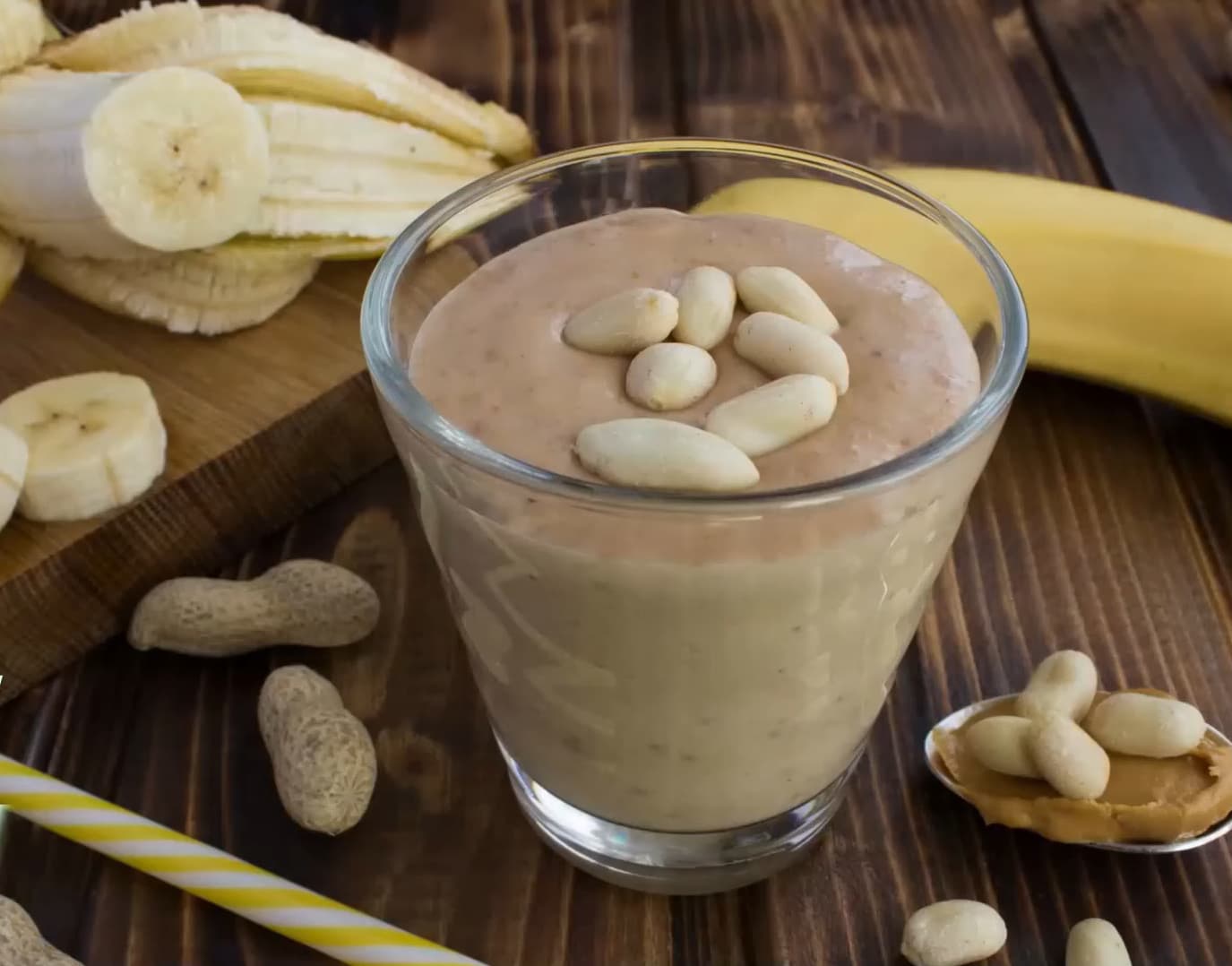
To introduce peanut butter to a 6-month-old, start with one to two teaspoons and mix it with water or fruit puree to achieve a similar consistency to what the baby is already accustomed to. This gradual introduction can help minimize the risk of an allergic reaction.
However, it is important to consult with a pediatrician before introducing any new food to ensure it is appropriate for the baby’s age and development. Taking this cautious approach can help ensure the baby’s safety and promote a smooth transition to new flavors and textures.
Understanding The Benefits Of Peanut Butter For Babies
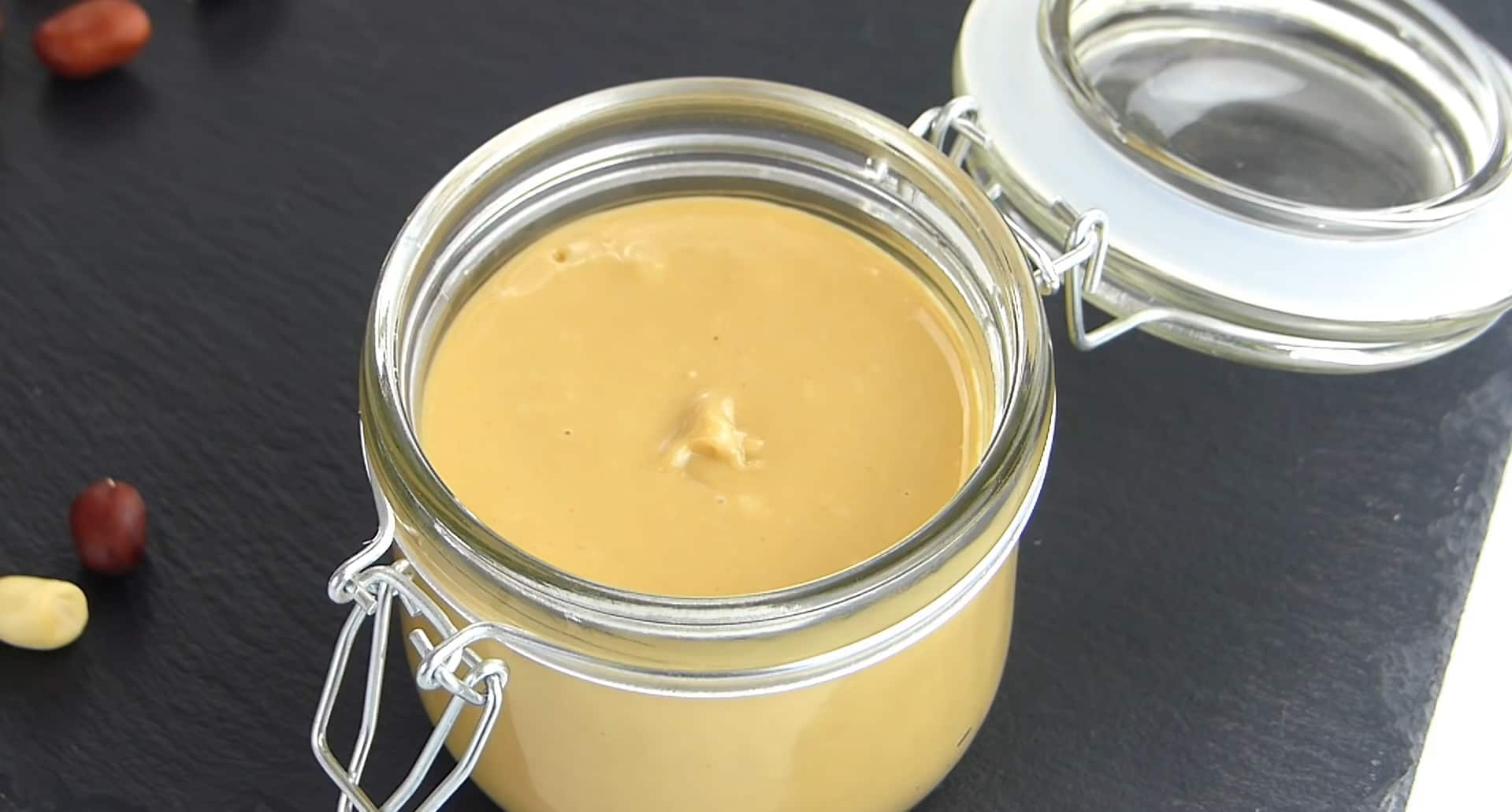
Why Peanut Butter Is A Nutritious Choice For Your Baby
Peanut butter is a popular and nutritious food option for babies due to its high nutritional content. It is packed with essential nutrients that support your baby’s growth and development.
Important Nutrients In Peanut Butter For Baby’s Growth And Development
Peanut butter is rich in several important nutrients that are beneficial for your baby’s growth and development. These nutrients include:
- Protein: Peanut butter is an excellent source of protein, which is crucial for muscle and tissue development.
- Healthy Fats: Peanut butter contains healthy fats that are essential for brain development and overall growth.
- Vitamins and Minerals: It is also a good source of vitamins and minerals, such as vitamin E, magnesium, and potassium, which support various bodily functions.
- Fiber: Peanut butter contains dietary fiber, which aids digestion and helps prevent constipation.
These nutrients play a vital role in ensuring that your baby gets the necessary ingredients for healthy development. Introducing peanut butter to your baby’s diet can help meet their nutritional needs.
Safe Introduction Of Peanut Butter To Avoid Allergies
When introducing peanut butter to your 6-month-old baby, it is essential to take precautions to prevent allergies. Peanut allergies are a concern for many parents, and introducing peanut butter at an early stage can help reduce the risk of developing allergies later in life.
Here are some steps to safely introduce peanut butter to your baby:
- Consult with your pediatrician: Before introducing peanut butter, consult with your pediatrician to ensure that your baby is ready to consume it and does not have any underlying allergies.
- Start small: Begin by offering a small amount of peanut butter, about one to two teaspoons, mixed with water or fruit puree. This will help adjust the texture and make it easier for your baby to consume.
- Monitor for allergies: After introducing peanut butter, closely observe your baby for any allergic reactions. Symptoms of a peanut allergy may include rash, hives, difficulty breathing, or swelling. If you notice any of these signs, seek medical attention immediately.
By following these steps, you can safely introduce peanut butter to your 6-month-old baby and minimize the risk of allergies. Remember to always consult with your pediatrician and monitor your baby for any adverse reactions.
Signs Of Readiness To Introduce Peanut Butter
Introducing new foods to your little one can be an exciting milestone in their development. However, when it comes to introducing allergenic foods like peanut butter, it’s important to be mindful and observant of your baby’s readiness. By understanding the signs of readiness to introduce peanut butter, you can ensure a safe and successful introduction for your 6-month-old.
Observing Your Baby’s Developmental Milestones
Recognizing your baby’s developmental milestones can be an indicator that they are ready to try new foods, including peanut butter. By the age of 6 months, many babies have achieved significant milestones, such as:
- Sitting up with support
- Showing interest in food by reaching for it
- Having good head control
These milestones indicate that your baby is becoming more curious and ready to explore new tastes and textures. If your baby has achieved these milestones, it might be a good time to consider introducing peanut butter. However, it’s always important to seek professional guidance from pediatricians before making any decisions.
Getting Professional Guidance From Pediatricians
Pediatricians play a crucial role in guiding parents and caregivers when it comes to introducing new foods to babies. They can assess your baby’s individual health and development, as well as provide personalized recommendations. Before introducing peanut butter, it’s essential to consult with your pediatrician to ensure it is safe for your little one.
Your pediatrician can provide valuable information and advice on the proper timing and method of introducing peanut butter. They may recommend gradually introducing peanut butter in small amounts and monitoring your baby closely for any signs of allergies or intolerance.
Recognizing Signs Of Allergies Or Intolerance
When introducing peanut butter to your 6-month-old, it’s crucial to be vigilant for any signs of allergies or intolerance. Some common signs include:
- Rash or hives
- Swelling of the lips, face, or tongue
- Coughing or wheezing
- Trouble breathing
- Vomiting or diarrhea
If you notice any of these symptoms after introducing peanut butter, it’s important to seek immediate medical attention. Additionally, ensure that you introduce peanut butter in a controlled manner by offering a small amount to see how your baby reacts. This helps to minimize potential risks and allows you to observe any adverse reactions.
Remember, every baby is unique, and some may be more susceptible to allergies than others. It’s crucial to be patient, and attentive, and consult with your pediatrician throughout the introduction process.
Preparing Peanut Butter For Your Baby
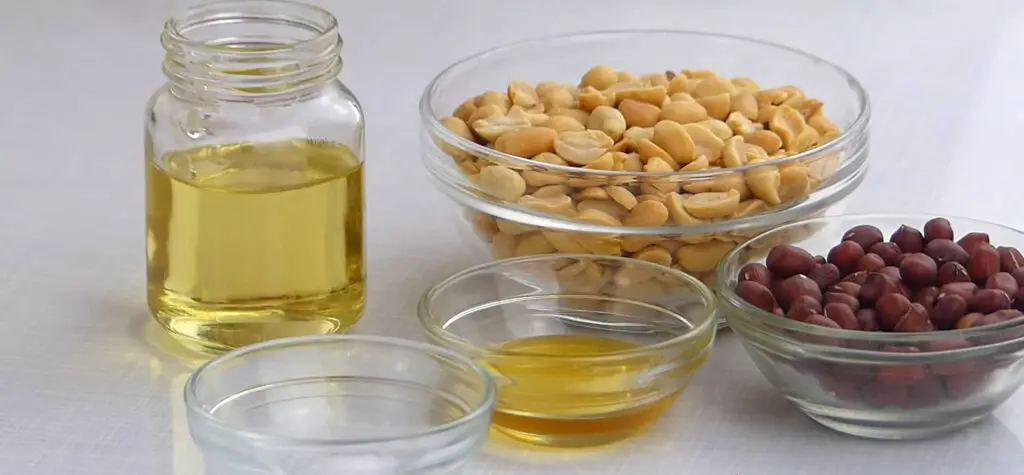
Choosing The Right Peanut Butter For Your Baby
When introducing peanut butter to your 6-month-old, it’s important to choose the right kind of peanut butter. Opt for natural peanut butter that is made with only peanuts. Avoid peanut butter that contains added sugar, salt, or hydrogenated oils. These added ingredients can be harmful to your baby’s health and should be avoided. Reading the ingredient list carefully can help you make the right choice.
How To Make Homemade Peanut Butter For Your Baby
Making homemade peanut butter for your baby is a great way to ensure freshness and avoid any potentially harmful additives. Here’s a simple recipe to make homemade peanut butter:
- Start by roasting 2 cups of unsalted peanuts in the oven at 350°F for about 10 minutes. Roasting the peanuts enhances their flavor.
- Allow the roasted peanuts to cool down. Once cooled, transfer them to a food processor or blender.
- Process the peanuts for a few minutes until you get a smooth and creamy consistency. You may need to scrape down the sides of the processor or blender a few times.
- Your homemade peanut butter is ready to be enjoyed by your baby. Store it in an airtight container in the refrigerator for up to two weeks.
Introducing Peanut Butter To Your 6-month-old’s Diet
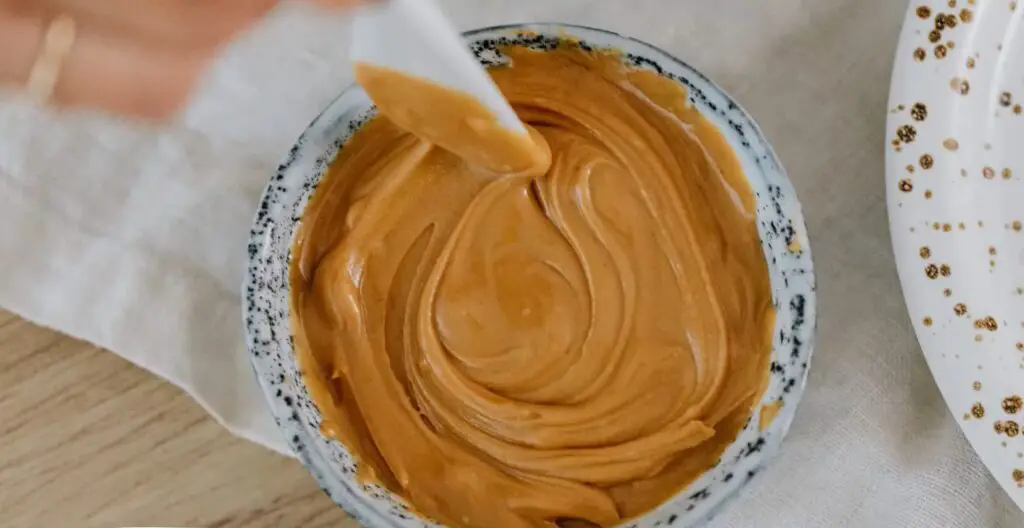
Consulting With Your Pediatrician Before Introducing Peanut Butter
Before starting your baby on any new food, it is important to consult with your pediatrician. They can provide guidance based on your baby’s specific needs and any potential allergies or dietary restrictions they may have. Your pediatrician will be able to advise you on the appropriate age to introduce peanut butter and if there are any concerns to consider.
Start With Small Amounts And Observe Your Baby’s Reaction
It is essential to start with small amounts of peanut butter when introducing it to your 6-month-old. Begin by offering just a tiny amount on the tip of a spoon or by mixing a small portion with breast milk or formula to dilute its thickness. Observe your baby’s reaction closely for any signs of an allergic reaction, such as rash, hives, swelling, vomiting, or difficulty breathing. If your baby shows any of these symptoms, seek immediate medical attention.
Various Ways To Incorporate Peanut Butter Into Your Baby’s Meals
Once your baby has successfully tolerated peanut butter, you can start incorporating it into their meals in different ways. Here are some ideas:
- Mix a small amount of peanut butter into their oatmeal or infant cereal for added flavor and nutrition. Make sure to mix it well to avoid any choking hazards.
- Spread a thin layer of peanut butter on a piece of toast or a rice cake. Cut it into small, bite-sized pieces for your baby to easily handle.
- Add a dollop of peanut butter to their pureed fruits or vegetables. This can help introduce new flavors and textures to their meals.
- Blend peanut butter with yogurt or mashed banana for a creamy and nutritious snack option.
Remember to start with small, age-appropriate portions and gradually increase the amount as your baby grows and develops. Always monitor your baby for any adverse reactions and seek medical advice if you have any concerns. Introducing peanut butter to your baby’s diet at an early age can be a great way to help reduce the risk of developing peanut allergies later in life, but it’s important to do so in a safe and controlled manner.
Consulting with your pediatrician, starting with small amounts, and finding various ways to incorporate peanut butter into your baby’s meals will ensure a smooth and safe introduction to this nutritious food. Enjoy exploring new flavors with your little one!
Ideas For Peanut Butter Baby Meals
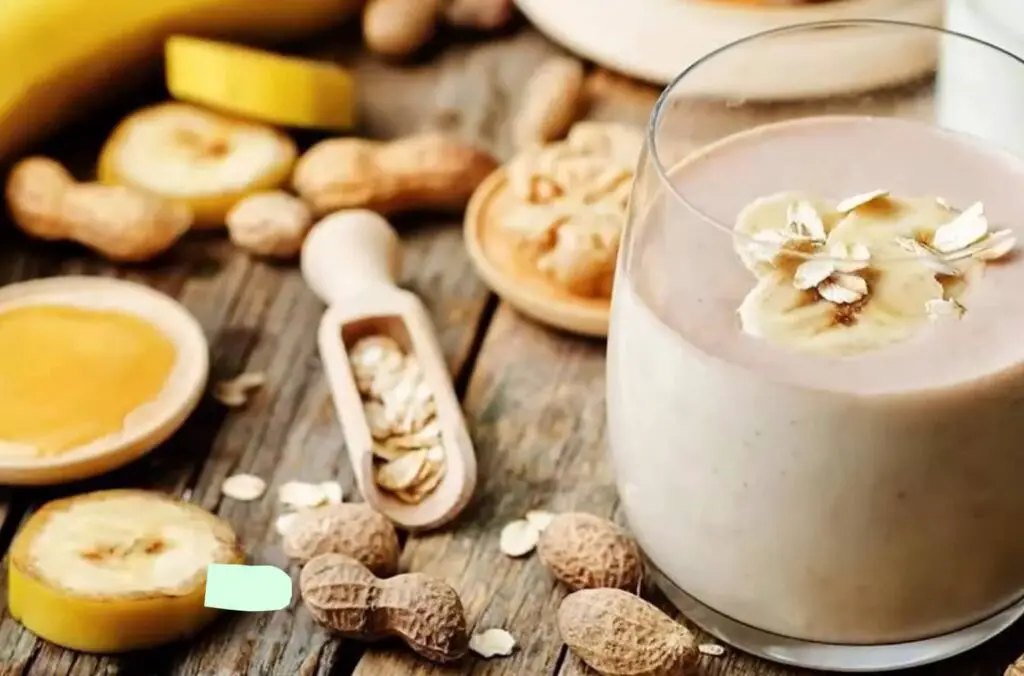
Introducing new foods to your 6-month-old baby can be an exciting and important milestone. When it comes to introducing peanut butter, it’s essential to do it safely and gradually to prevent any potential allergies. Here are some delicious and nutritious recipes and ideas for peanut butter baby meals that your little one will love.
Peanut Butter-apple Puree For Added Taste And Nutrition
One great way to introduce peanut butter to your baby is by mixing it with apple puree. Not only does this combination add a natural sweetness, but it also boosts the nutritional value of the meal.
Banana-peanut Butter Oatmeal For A Nutritious Breakfast Option
Start your baby’s day off right with a delicious and nutritious breakfast option. This banana-peanut butter oatmeal combines the goodness of whole grains, fruit, and protein-rich peanut butter.
Peanut Butter Yogurt Dip For Finger Foods
If your baby has started exploring finger foods, a peanut butter yogurt dip can be a tasty and nutritious addition to their snacks. It’s a versatile dip that pairs well with fruits, vegetables, or even whole-grain crackers.
Peanut Butter Protein Balls For A Healthy Snack
When your baby needs a quick and healthy snack on the go, peanut butter protein balls are the perfect option. They are easy to make and packed with nutrients.
Introducing peanut butter to your 6-month-old can be a wonderful culinary adventure. These recipes and ideas provide a variety of textures, flavors, and nutrients to keep your baby excited about mealtime. Remember to start with small amounts and monitor your baby for any signs of allergies. Enjoy exploring new flavors with your little one!
Tips To Ensure A Safe Introduction Of Peanut Butter
When it comes to introducing peanut butter to your 6-month-old, it’s important to follow some important guidelines to ensure their safety. Peanut allergies are one of the most common food allergies among children, so taking precautions and introducing peanut butter gradually can help reduce the risk of an allergic reaction. In this article, we will discuss some valuable tips that will help you introduce peanut butter to your little one safely.
Avoiding Other Potential Allergens While Introducing Peanut Butter
Avoiding other potential allergens while introducing peanut butter can help isolate the possible cause of any allergic reaction. It is recommended to introduce peanut butter when your baby is not yet allergic to known allergens such as eggs, wheat, soy, or dairy. This way, if there is an allergic reaction, it will be easier to identify peanut butter as the cause.
Watching For Signs Of Allergies Or Adverse Reactions
It is crucial to closely observe your baby for any signs of allergies or adverse reactions when introducing peanut butter. Symptoms may include facial swelling, hives, difficulty breathing, vomiting, or diarrhea. If you notice any of these symptoms, stop giving peanut butter immediately and consult your pediatrician.
Gradually Increasing Peanut Butter Intake As Tolerated
Once you have successfully introduced peanut butter and your baby shows no signs of allergies, you can gradually increase their intake. Start with a small amount, about one to two teaspoons, and mix it with water or fruit puree to achieve a similar consistency to what your baby is used to. Pay attention to your baby’s response and gradually increase the amount as tolerated.
Remember, every baby is different, and it is important to consult with your pediatrician before introducing peanut butter or any other potential allergen to your child. These tips are meant to provide general guidance, but your pediatrician’s advice should always take precedence.
Frequently Asked Questions For How To Introduce Peanut Butter To 6 Month Old?
How Do I Give My Baby Peanut Butter For The First Time?
To give your baby peanut butter for the first time, start with 1 to 2 teaspoons mixed with water or fruit puree for similar consistency. Serve on whole-grain toast strips or mixed into oatmeal or pureed vegetables/fruits. Introduce peanuts carefully to avoid any allergic reactions.
How Much Peanut Butter Should I Give My 6 Month Old For The First Time?
For the first time, give your 6-month-old baby 1 to 2 teaspoons of peanut butter, mixed with water or fruit puree to match their usual consistency.
How Quickly Will A Baby React To Peanut Butter?
Babies may react to peanut butter as quickly as a few minutes or as long as a few hours after consumption.
What Peanut Butter Is Safe For 6 Month Old?
Introduce peanut butter to a 6-month-old by mixing one to two teaspoons with water or fruit puree for a similar consistency to what they’ve been eating. Avoid starting with whole peanuts or chunky peanut butter.
Conclusion
Introducing peanut butter to a 6-month-old can be an exciting milestone. Remember to start with a small amount, mixed with water or fruit puree, to ensure a similar consistency to what your baby is used to. As with any new food introduction, it’s important to watch for any signs of allergy or adverse reactions.
By following these guidelines, you can safely introduce peanut butter to your little one and potentially prevent peanut allergies in the future. Enjoy this new adventure in your baby’s feeding journey!




